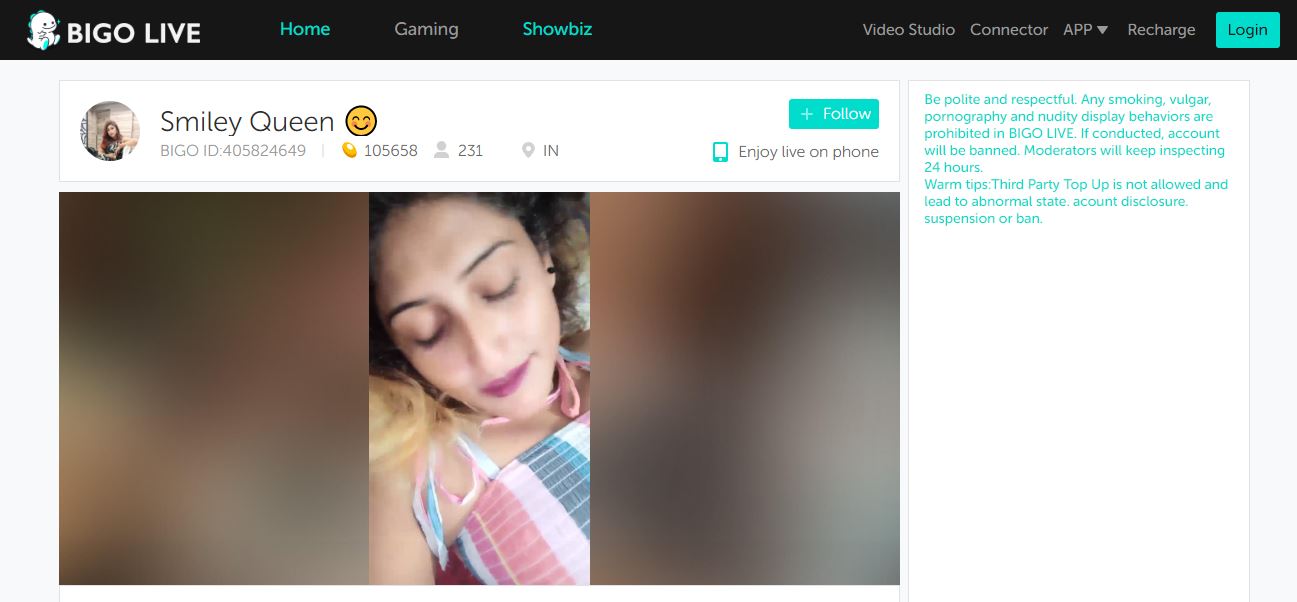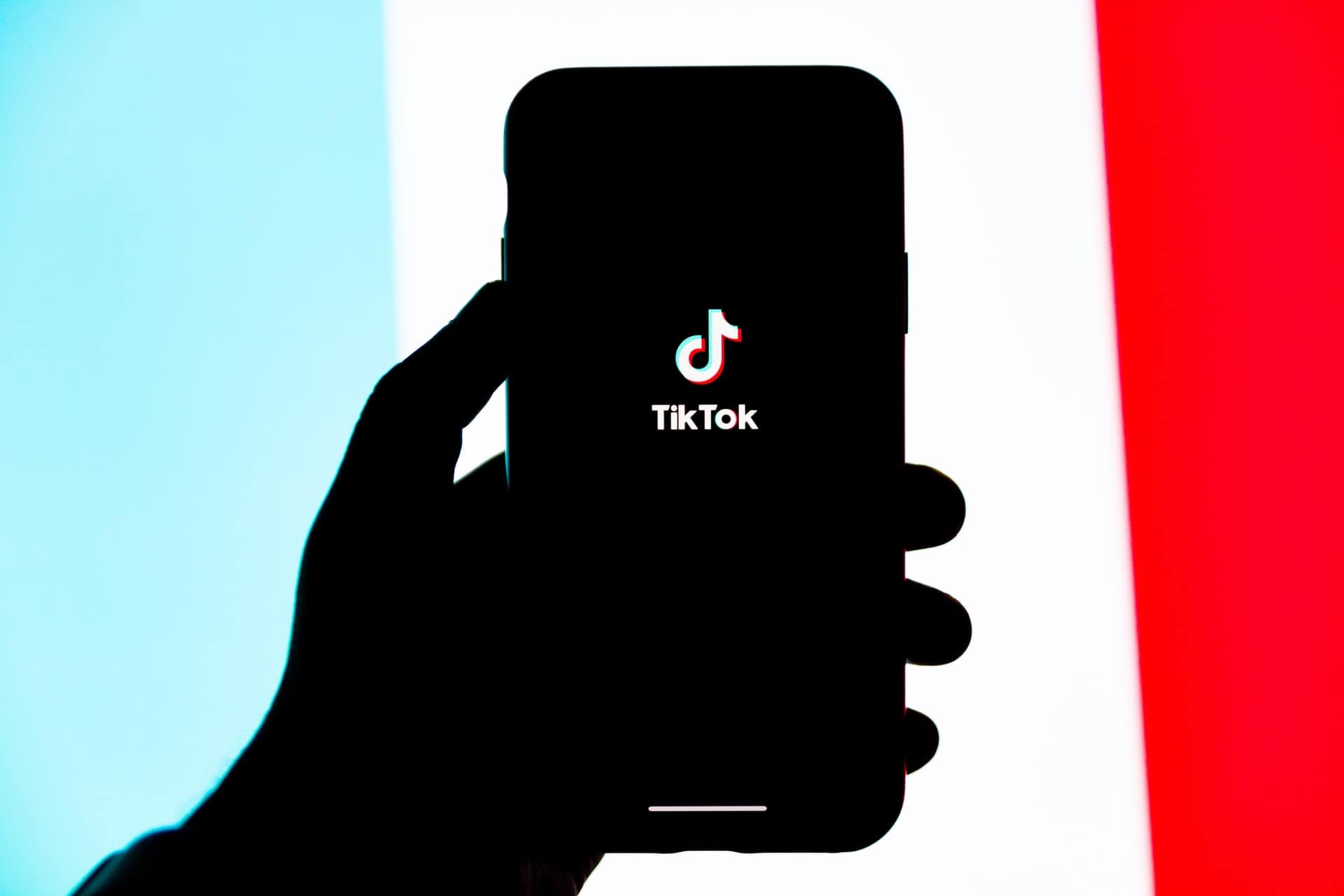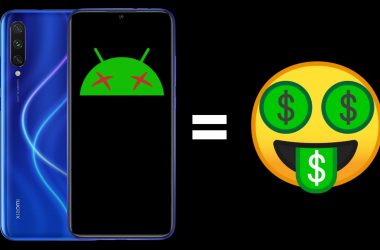It’s been more than a month since the Indian government banned 50+ mobile apps, including the popular social media app TikTok. Even though these apps were banned due to privacy concerns, a lot of Indians believe that it was a political move to counter Chinese supremacy.
It led to a sudden influx of cloned apps that almost resemble banned apps. Even the nation’s top telecom operator’s Jio meet wasn’t an exception here. There are already a lot of alternative apps for most of the banned apps, and some of the apps aren’t useful in the first place. But, a few Indian firms and some freelance developers are cashing the opportunity in the name of ‘Made in India‘. The question is simple. Most of the banned apps aren’t new and they existed for at least 5+ years now. Where were these companies back then as privacy has always been a big concern in India. Remember Aadhar leaks last year? It wasn’t the first time. Anyhow, let’s analyze the TikTok situation for a bit as it shook up the nation.
The social media app, TikTok was always in the headlines for different reasons. It could be exploiting underage teenagers, adult videos, privacy, and whatnot. You name it, they were on it. Even In India, the situation is quite the same. But after the ban, some news publishers claim that TikTok made people in rural areas become overnight celebrities and made stories around it. Let’s dig deeper into UGC apps in India to understand more.
UGC Apps Evolution – Indian Scenario
In 2016, Jio brought the internet revolution and help increase social media usage in the country. Parallelly, the Chinese OEMs started dominating the Indian mobile market space. It was also the times when Modi’s government – ‘Make in India’ campaign gained momentum. There were a lot of opportunities for app developers to capitalize on it, but not many took part in it. Some of the apps launched at that time focused on regional content or content in vernacular languages, but even they had a problem with adult content & privacy.
The majority of these mobile app companies relied on affiliate marketing, pay per download, and forced installs to gain a user base. Again, the user retention matter and that’s when these apps couldn’t gain traction. In the name of UGC, the content filled in the apps were just weird cuts of movie trailers, videos, songs, and explicit pictures of women. Some apps would allow them to download and keep it as a status on WhatsApp.
Besides, there were several other Chinese apps which were also made available In India, and they were marketed in the name of UGC. Apps like Bigo Live, Vigo, Helo, and so on are some of the popular ones. A handful of them is owned ByteDance which also owns TikTok. These UGC apps were a mix of live broadcasts, lip-sync apps and the ultimate goal of all these apps was to gain traction.
Bigo Live, LIKEE, Helo, Vigo – Desi/Adult Video Hosts?

The popular live broadcasting app Bigo Live which is currently banned in India had over 200 million active users from India. The kind of content that they host is unbelievably similar to several adult webcam sites. The only difference is a lot of its content is created by people from rural villages and towns of India. Even though the company claims to have strict content moderation, the content creators were producing explicit videos to make money.
The other apps like Helo, LIKEE, Vigo, and so on were also hosting similar explicit videos and became a hub for such content. It doesn’t end with pornographic/adult content, as hate speech, offensive videos on religions, etc. also started appearing on such platforms. No wonder all these apps became quite a big sensation in a short time. The other reason for their popularity is that India banned pornography sites, and these apps have become an alternative destination for masturbation.
Then arrived TikTok.
TikTok – Cringe Videos Host?

TikTok arrived in the times when short-video format content was becoming popular. There were stories on Snapchat and Instagram, but the features weren’t enough. TikTok capitalized and quickly became a popular social media app globally. In India, there were 150 million active users who just kept going through the neverending feed of short vertical videos.
TikTok provided a good opportunity for content creators with amazing features, and yet the content created by most Indian users were strictly obscene and explicit. There were videos with people killing innocent animals, teenage girls dancing for explicit songs, semi-nude dance videos, adult slurs, hate speech, and of course, some funny videos. Mostly, a lot of Indian YouTubers considers that TikTok creators produce cringe videos, and that started a rage between two content platforms. CarryMinati, a popular Indian YouTuber has been making videos around the content in Vigo, TikTok, etc. One such video below illustrates the kind of content the creators in TikTok produces.
Last year, the app was temporarily removed from PlayStore and Appstore due to a case filed in Madras Highcourt. Even though it was lifted after a brief time, the content moderation wasn’t improved. It becomes hard when the user’s activity increase in the apps. I mean, when the number of uploads starts increasing, the burden on human content moderators will also get increased proportionally. Their machine learning algorithms do help, but there are always ways to get over it and publish explicit content. Speaking of which, even the biggest social media platforms like YouTube and Facebook were also criticized for the same.
Now, including TikTok, most of the Chinese UGC apps are banned. As said before, to fill the gap, several Indian firms have launched apps with similar functionality like TikTok, Helo, Vigo, etc. Before I head to that part, let me give you a quick summary of insights into my understanding regarding these apps –
Key Insights on UGC Apps Evolution – Indian Scenario
- First and foremost, the apps lack proper content moderation. It’s quite easy for a child {<16 years] to explore sensitive content
- The content hosted on these platforms were mostly adult/pornographic and explicit. Their main target audience were the rural parts of India and indeed made them content creators & consumers
- It didn’t take much time for these apps to gain traction as of the loose content moderation policies, availability of adult content, and so on.
- Content Creators have emerged like mushrooms and used many tactics to monetize their videos; thus giving rise to a large volume of content
- Some of these apps provided monetary benefits for popular content creators to move from other rival platforms
- A machine-learning algorithm to fill the user feed with relevant yet engaging videos that increased the user activity
- The increased user activity put a lot of burden on human content moderators, and plenty of videos made a pass. They even passed their machine learning algorithm too.
I can see that there are ample challenges that should be addressed, and almost all of these Chinese companies failed to do so.
Now comes the Indian companies who wanted to be the next TikTok, the next Vigo or Helo.
Launch of TikTok Clone Apps in India
The press release released by the Indian government clearly states that the Chinese apps were banned due to a threat to the sovereignty and security of the country. It makes sense that all these Chinese apps don’t have any transparent policies regarding how they manage/mine the user data. Again, the ban has nothing to do with the content hosted on the platforms. This was the sole reason why many Indian companies were able to launch so many alternative/clone apps in such a short span.
The ‘Vocal for Local’ initiative & ‘Made in India’ tag acted as a catalyst to propel the success of these clone apps. Here is a small list of TikTok alternative apps in India now.
TikTok Alternative Apps in India
- DailyHunt, a popular news app launched ‘Josh‘ [the term is derived from the popular meme] and it gained 10 million downloads now.
- Sharechat, a widely popular regional app launched ‘Moj‘ and it’s been download more than 50 million times.
- Roposo has been around since the dawn of UGC apps in India, and it’s also downloaded more than 50 million times.
- MX Player, one of the popular OTT platforms in India launched MX TakaTak [mockery of the name TikTok] gained 10 million downloads.
- Zee5, yet another popular OTT platform in India announced HiPi as a part of their app itself which has been download 100 million times.
- Other apps like Mitron [a popular word mostly associated with Indian Prime Minister Narendra Modi’s speech], Chingari, Trell, etc. were also downloaded more than 10 million times.
Some of the common elements in all the apps are – all of them are clones of TikTok; uses the ‘Made in India’ tag, and promotes it as a way to aid the ‘Vocal for Local’ initiative. But none of them clearly states the purpose of how they will address the challenges in managing UGC Apps.
- Data Transparency: Even billion-dollar companies like Google and Facebook had been a victim of data leaks, and a culprit in misusing users’ data. This sudden influx of TikTok clones doesn’t provide clear guidelines on how they are going to handle it
- Content Creators: None of these apps have a clear strategy on how to assist users with content creation. In the case of Chinese apps, they were a clear winner as a lot of International users videos’ have become viral and led to many viral challenges. Besides, there were monetization ways which are absent in most of these clones
- User Activity: As the lack of content creators, most of the content is either repurposed or old content which doesn’t make it interesting or engaging
- Discovering Content: Recommending relevant videos play a bigger role in gaining traction and that’s where the AI or machine learning algorithms come in place. With the lack of content availability or a sophisticated algorithm at the place, the content recommendations are just blunt. Even prime video from Amazon suck at showing relevant results and I guess I don’t have to talk about these Indian clone apps
- Explicit Content: Besides security, the biggest problem in Chinese UGC apps is explicit videos which increased app usage. This has become quite controversial and now, the same will apply for the Indian clone apps. Maybe, it hasn’t started yet, but sooner, you’ll notice them as a way to gain traction.
- Content Moderation: Even Facebook, Instagram, Twitter & YouTube are failing to moderate their content, and given the current situation in India, it’ll be even hard to make sure the hate speech, offensive or pornographic content to not slip
These are just the common challenges and I believe there would be many if we go a little deeper. But none of the Indian TikTok clones made a significant announcement on one such feature that makes them different. Everyone’s just playing around the ‘Made in India’ card and nothing else. Given the circumstances, they indeed capitalized on the situation, but in the longer run, they may have to face the same problems as in Chinese UGC apps. Now the big question is, are they going to do something about it?







